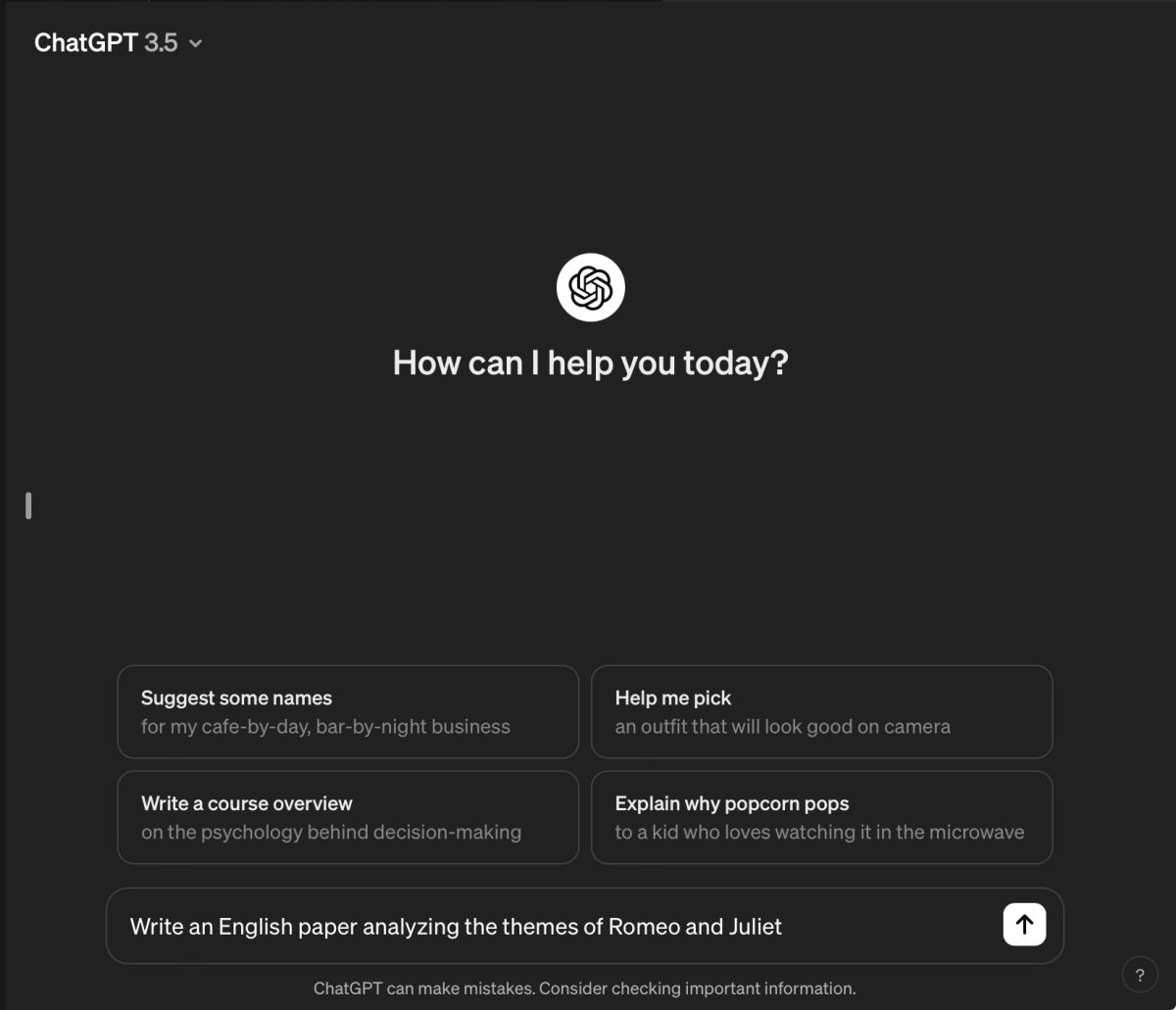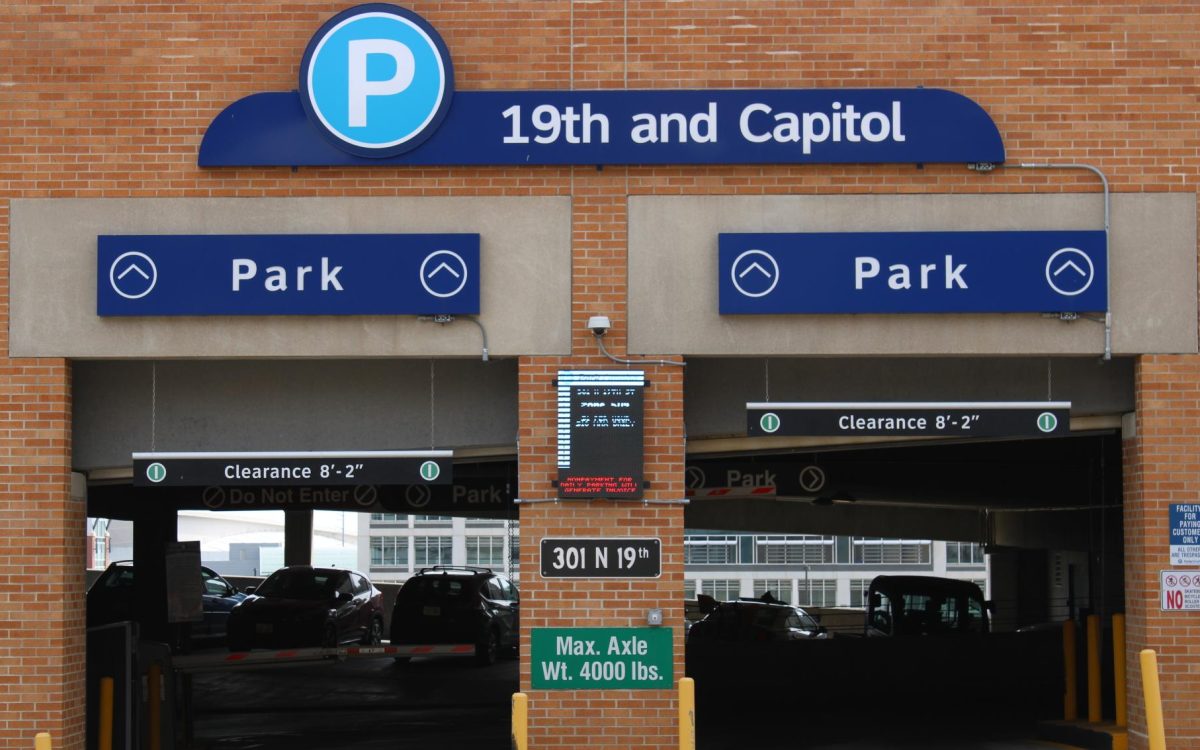Student drivers need more driver’s education
November 9, 2021
Becoming a licensed driver after turning 16 is a rite of passage for many teens, but it is one that comes with high risk. The risk of driving, especially while unexperienced, can have life-threatening consequences which can be avoided with proper precautions like driver’s education. Providing more thorough education and training than what is currently required to young drivers would be beneficial to all drivers.
A young driver feeling inexperienced after receiving their license is a common occurrence which mainly stems from general lack of driving education. This can be because of inadequate driving experience with a parent or guardian, or just because of the few options for education outside of a parent’s instruction. While private driver’s education classes are a useful and relevant resource, there are many obstacles that could prevent a young driver from reaping its benefits. Factors like cost and scheduling can eliminate driver’s education as an option for some families and new drivers. It is for this reason that driver’s education should be implemented into the school curriculum or become required for everyone before they get their license. Even as an elective or semester-long class, driver’s education as a required course could be very beneficial for young drivers. Although experience is the best way to learn, there are many basic driver’s safety skills and additional driving information important to be familiar with, like the city’s layout and major roads, that could be taught in schools or in required driving classes. With the current system, the education aspect of the driving process is usually left to parents or guardians. While most do a sufficient job with this, it is not guaranteed that the parent is a good driver themselves or qualified to teach driver’s education to their child. In many cases this responsibility should not be left solely on parents, but on people more qualified in order to elevate the sense of driving experience young drivers should have by the time they get their license.
The feeling of unpreparedness may also come from the few requirements in place to earn a license in the first place. To pass the actual driver’s test, the test taker usually only has to drive around a neighborhood and exhibit very basic skills like stopping for stop signs and using turn signals. For many young drivers though, these skills are only the tip of the iceberg of the driving they will be doing, even when compared to their commute to school or work. While it can be argued that young drivers will learn everything that they need to know the more that they drive, the time between being an inexperienced driver and an experienced one is enough to be dangerous. Ideally, a new driver would be fully prepared and confident in their driving by the time they are able to drive anywhere on their own. This level of confidence can be achieved, at least more closely, with more substantial training and increased driving education in schools or required classes.
Overall, there will always be room for improvement in the knowledge of skills that a new driver has. However, emphasizing the importance of driving education is necessary to ensuring a safer start to the driver’s licensing process by reducing the chance of car crashes. Even if a student does not drive or chooses not to utilize the skills taught in a required driver’s education course, a provided educational opportunity will prove better than none. Above all else within the world of young drivers, it is always better to be safe than sorry.




















